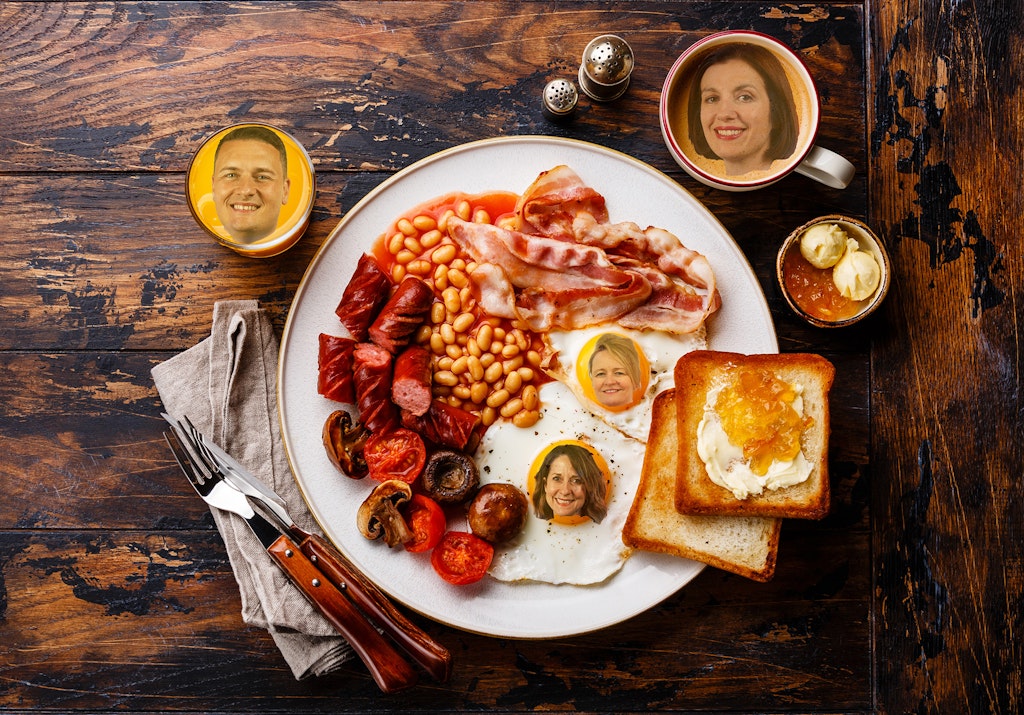Behind bars, among stars
Escaped from Nazi Germany, a teenage boy found himself a prisoner in Britain
The Island of Extraordinary Captives by Simon Parkin
Fleischmann is in trouble. Just shy of his 19th birthday, Peter Fleischmann, a Jewish refugee and orphan whose parents were presumed murdered by Fascist thugs, endured a long, squalid journey before being imprisoned behind barbed wire, armed guards and high fences — by the British state.

Fleischmann (who later changed his name to Peter Midgely) was one of more than 14,000 “enemy aliens” interned by the British government in the spring of 1940. Like many of his fellow internees, Fleischmann had only recently fled Nazi Germany. In fact, he was one of the first Kindertransport arrivals, shuttled in a desperate series of journeys across occupied Europe to British shores. When they stepped blinking off the boat at Harwich, he and the other children were greeted as celebrities, proof of the enlightened benevolence of the British people. A few months later, whipped up by the popular press, they were the eye of a xenophobic storm. Refugees who had arrived with the barest possessions were stolen from, kept in rank conditions and detained without charge or clear prospect of release.
The acrid scandal of wartime internment and Fleischmann’s extraordinary story — against the odds, he later became a celebrated artist and Royal Academician — is the subject of Simon Parkin’s clear-eyed and compelling The Island of Extraordinary Captives. Parkin’s focus is Hutchinson, one of nine internment camps on the Isle of Man. By quirk of chance, and the British government’s panicked and blunderbuss internment policies, this camp trawled up a remarkable constellation of talented individuals. Architects mingled with artists and actors; writers with lawyers, journalists and zoo keepers. Bakers bumped along with engineers, pianists and professors. “It was as if a tsunami had deposited a crowd of Europe’s prominent men onto this obscure patch of grass in the middle of the Irish Sea,” Parkin writes. “Hutchinson camp housed perhaps the most extraordinary set of captives ever assembled.”
Cut off from news of the outside world, fear festered
This company was an alembic for creativity — and Fleischmann’s artistic development. Under the benign aegis of the camp’s commandment Captain Daniel, a cheerful former ad-man, a rich programme of lectures, sports, musical performances and education events flourished. A camp newspaper, The Camp, provided an outlet for cartoons, reviews and sardonic poems. Fleischmann was able to exhibit his work at the camp’s two official exhibitions, as well as slurping stale tea and scrounging illicit cake in the Artist’s Cafe, a semi-formalised group which met in the laundry room of one of the houses — a kind of proto-Garrick Club, ripe with the fug of gently steaming wool.
Parkin recreates the texture of camp life with marvellous specificity. Cut off from news of the outside world, fear festered. At night, internees watched the fires of the Liverpool Blitz flare on the horizon and invasion seemed a real possibility: “many fully expected to wake up one morning and discover that their guards had switched from British to German”. Yet what is most striking is the ambient, crushing ache of daily life — week after week lived without purpose, prospects or word from loved ones. No fewer than 71 internees died in British camps. Death by suicide, already an established course among persecuted Jews under Nazi rule, was always a possibility. Two internees, a clinical pathologist and a retired funeral director, founded an underground unit dubbed “The Suicide Consultancy” which advised on the least painless way to kill yourself in the event of an invasion.
Yet it wasn’t all darkness. Indeed, Parkin’s account glitters with strange incidents — and even stranger personalities. He draws out the bitter, Dad’s Army-esque absurdity of internment. The camp’s artistic boom, for instance, was precipitated by Johann “Brick” Neunzer, a former lion tamer at the Berlin Zoo who scratched etchings of his abandoned charges on the houses’ blacked-out windows. While these decorations were encouraged by the camp authorities, the experiments of Kurt Schwitters, one of Fleischmann’s mentors and a hero of Parkin’s story, were less popular.
There has never been any official apology for internment policy
A famed Dadaist artist and poet, whose work was exhibited at the Nazi’s infamous “degenerate art” exhibition in 1937, Schwitters made a comfortable living inside the camp painting portraits of internees. Yet he was also fond of giving rousing performances of his eccentric, “concrete” poetry — a typical display featured Schwitters repeating the word “silence” at increasing volume before smashing a teacup. And his attic bedroom was transformed into a studio, festooned with found objects and off-kilter art including festering pillars of mouldy porridge furred with “stamps, cigarette boxes, nails, pebbles and shells”. Not unexpectedly, his housemates objected to these “aromatic towers”, especially when they began to leak through the floorboards into the room below.
The world of Hutchinson provides Parkin with his most compelling material. The narrative frays a little when considering the war’s wider context, and the introduction of a spy scandal. It transpired that, against the odds, the British government did manage to cage a genuine “fifth columnist” inside Hutchinson — while well-drawn, this story nonetheless feels extraneous to Fleischmann’s gripping tale.
Still, Parkin doesn’t pull his punches when examining the ghastly saga of internment. As his afterword notes, the same corrosive paranoia and xenophobia flickers through today’s debates about “the battle between a nation’s responsibility to help those in need and to maintain national security”. Legislation passed during the “War on Terror” once again suspended habeus corpeus and allowed the state to hold individuals without trial. Unlike in Canada, there has never been any official apology or recognition that the dehumanising policy of internment was a cruel and ineffective mistake. Fleischmann and many other former internees changed their names and buried their experiences. They choose to forget, if not forgive.
Enjoying The Critic online? It's even better in print
Try five issues of Britain’s most civilised magazine for £10
Subscribe














